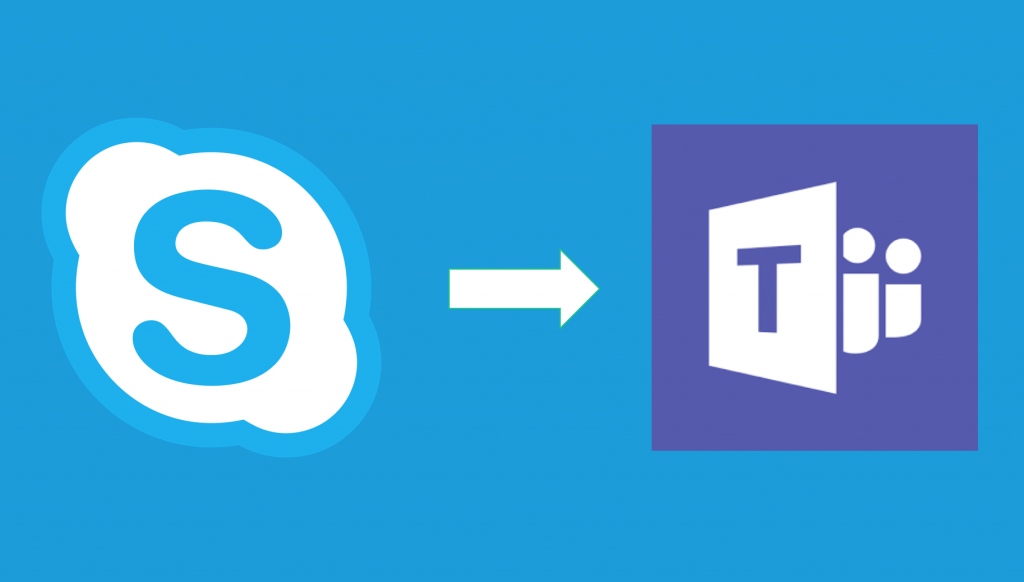Last week, I presented a “how to” guide on the current 5 methods of moving from Skype for Business to Microsoft Teams to a room of eager Government employees. The talk went well, everyone had great questions and the general feeling was of an energized bunch of people who were ready to walk back into their IT department and take a further look at Microsoft Teams.
From the many questions I received during the presentation, there was a question in particular that I found interesting, and pondered on the long drive home back to Sydney. “Why is there a Skype for Business Server 2019 if everyone should be moving to Teams, Craig?”
Great question. Teams is a fantastic product. The thing is (deep breath guys), your organisation may not be ready to make the move just yet.
There are many reasons why your organisation may not be ready to move to teams:
- You’re running custom call recording software
- You have a third party contact centre solution in place
- You have legal requirements not yet met by the cloud
- You’ve only recently implemented Skype for Business
- Your on-premises hardware isn’t Teams compatible (yet)
- Your organisation moves slowly and takes longer to accept change
- You don’t have the resources or funds right now
Or;
- You .. don’t want to.
Pick and choose your reasons from above, but that’s one of the reasons why Skype for Business server 2019 exists. For those who are not quite ready to make the move to Teams yet, but want to remain current and up to date.
Other great questions were asked too:
We’re running an older version. Should our organisation upgrade to Skype for Business Server 2019?
Yes. Not only will you be running the latest version of Skype for Business, the latest version includes tools that will make moving to Teams later on a lot simpler.
There are some things to consider with running the latest version such as voicemail and exchange integration, as well as if you’re running older Lync Phone Edition (LPE) handsets, so keep this in mind.
You can read more about this over on the Microsoft Tech Community: https://techcommunity.microsoft.com/t5/Skype-for-Business-Blog/Skype-for-Business-Server-2019-now-GA/ba-p/276439
We’re running older LPE handsets, or are running an older version of Lync. What should we do?
Older LPE handsets don’t support TLS 1.2 and cannot be upgraded, meaning that they will need to be replaced if you’re planning on using them with any Office 365 service.
You can find a list of compatible devices here: https://partnersolutions.skypeforbusiness.com/solutionscatalog/ip-phones
You’re also going to need to consider if you want to upgrade your older version of Lync to Skype for Business server, and if you want to configure hybrid mode between your on-premises environment and Office 365. This will make moving users to the cloud, and ultimately to Microsoft Teams a whole lot simpler.
We’re running CISCO on-premises and moving to Teams seems like an enormous challenge. Help!
Deep breath! Remember that Teams isn’t just about IM, or voice and video. It’s a collaboration platform that has many, many uses. If you want to pilot Teams in your environment and only use it for meetings and document collaboration, go for it! There’s no reason as to why you need to move all of your workloads over straight away. Voice and IM could easily remain in CISCO until your organisation is ready to make the move. And when they are, you can look at using Direct Routing with an SBC on premises to allow you to route calls between your CISCO and Teams users with ease.
So, knowing all of that, should we still take a look at Teams?
Absolutely you should. Even if your organisation is running Lync or CISCO and has no plans to move to Teams today, spending the time to investigate it, play around with it and figure out how it fits your organisation is time well spent. Spin up a pilot within your IT team, or maybe get your devs across to it from Slack. Start exploring how much easier having IM, voice, video and shared document access makes collaborating easier.
